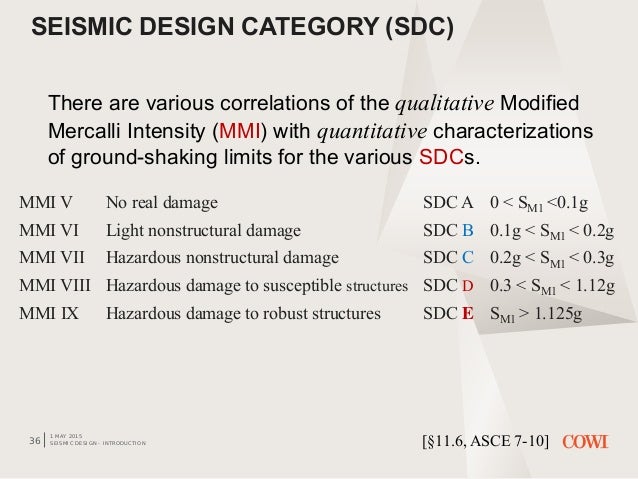Asce 7-10 Pdf Espanol
Any statements expressed in these materials are those of the individual authors and do not necessarily represent the views of ASCE, which takes no responsibility for any statement made herein. No reference made in this publication to any specific method, product, process or service constitutes or implies an endorsement,.

• ( EN), Oxford Learner's Dictionaries. URL consultato il 29 maggio 2017. • ^ ( EN) Philip Crummy, City of Victory; the story of Colchester – Britain's first Roman town, Colchester Archaeological Trust, 1997,. • ^ ( EN) Philip Crummy, Colchester Archaeological Report 6: Excavations at Culver Street, the Gilberd School, and other sites in Colchester 1971–85, Colchester Archaeological Trust, 1992,. Wymer, Gazetteer of Mesolithic sites in England and Wales, in CBA Research Report, nº 20.
• ( EN) David Strachan, Essex from the Air, Archaeology and history from aerial photographs, Essex County Council, 1998,. • ( LA) Plinio il Vecchio, Naturalis Historia, II, 187.
Salway, Roman Britain, Oxford, Oxford University Press, 1981, pp. 55-56. Watts, The Cambridge Dictionary of English Place-Names, Cambridge, Cambridge University Press, 2004, p. 113. • ( EN) Camelot: discovering the legend of King Arthur around Britain, in The Telegraph, 15 agosto 2015. Nelson, The Victoria History of the County of Essex, IX, Oxford, Oxford University Press, 1994, pp. 7-10.

• ( EN) Nelson, IX, V.C.H. Essex, p. 10. Parametro titolo vuoto o mancante () • John Morris, The Age of Arthur: A History of the British Isles from 350 to 650. Myres, The English Settlements, 1986, p. 214. • ( EN) ( ), Valerie Francis, pp. 2-3. Free Templates For Sale By Owner. URL consultato il 29 maggio 2017.
Altri progetti [ ].
Norwegian train plowing through drifted snow Physical properties 0.1 – 0.8 g/cm 3 Mechanical properties (σ t) 1.5 – 3.5 kPa 3 – 7 MPa Thermal properties 0 °C For densities 0.1 to 0.5 g/cm 3 0.05 – 0.7 W K −1 m −1 Electrical properties For dry snow density 0.1 to 0.9 g/cm 3 1 – 3.2 The physical properties of snow vary considerably from event to event, sample to sample, and over time. Part of the series • • • • • • • • • • • • • • • • • • • • • • • • • • • • • • • • • • • • • • • • • • • • • () • • • () • () • • • • • • • • • • • • • • • • • •. • • • Snow refers to forms of crystals that precipitate from the atmosphere (usually from clouds) and undergo changes on the Earth's surface. It pertains to frozen crystalline water throughout its life cycle, starting when, under suitable conditions, the ice crystals form in the atmosphere, increase to millimeter size, precipitate and accumulate on surfaces, then metamorphose in place, and ultimately melt, slide or away.
Organize and develop by feeding on sources of atmospheric moisture and cold air. Around particles in the atmosphere by attracting water droplets, which freeze in hexagonal-shaped crystals. Snowflakes take on a variety of shapes, basic among these are platelets, needles, columns and. As snow accumulates into a, it may blow into drifts. Over time, accumulated snow metamorphoses, by, and. Where the climate is cold enough for year-to-year accumulation, a may form. Otherwise, snow typically melts seasonally, causing runoff into streams and rivers and recharging.
Major snow-prone areas include the, the upper half of the and mountainous regions worldwide with sufficient moisture and cold temperatures. In the, snow is confined primarily to mountainous areas, apart from. Snow affects such human activities as: creating the need for keeping roadways, wings, and windows clear;: providing water to crops and safeguarding livestock; such as,, travel; and: impairing target acquisition, degrading the performance of combatants and materiel, and impeding mobility.
Snow affects, as well, by providing an insulating layer during winter under which plants and animals are able to survive the cold. Any elevation: none. Snow develops in clouds that themselves are part of a larger weather system.
The physics of snow crystal development in clouds results from a complex set of variables that include moisture content and temperatures. The resulting shapes of the falling and fallen crystals can be classified into a number of basic shapes and combinations, thereof. Occasionally, some plate-like, dendritic and stellar-shaped snowflakes can form under clear sky with a very cold temperature inversion present. Cloud formation Snow clouds usually occur in the context of larger weather systems, the most important of which is the low pressure area, which typically incorporate warm and cold fronts as part of their circulation. Two additional and locally productive sources of snow are lake-effect (also sea-effect) storms and elevation effects, especially in mountains. Low pressure areas.
Frontal snowsquall moving toward,. A, the leading edge of a cooler mass of air, can produce —an intense frontal line (similar to a ), when is near freezing at the surface. The strong convection that develops has enough moisture to produce whiteout conditions at places which line passes over as the wind causes intense blowing snow. This type of snowsquall generally lasts less than 30 minutes at any point along its path but the motion of the line can cover large distances. Frontal squalls may form a short distance ahead of the surface cold front or behind the cold front where there may be a deepening low pressure system or a series of lines which act similar to a traditional cold frontal passage. In situations where squalls develop post-frontally it is not unusual to have two or three linear squall bands pass in rapid succession only separated by 25 miles (40 kilometers) with each passing the same point in roughly 30 minutes apart. In cases where there is a large amount of vertical growth and mixing the squall may develop embedded cumulonimbus clouds resulting in lightning and thunder which is dubbed.